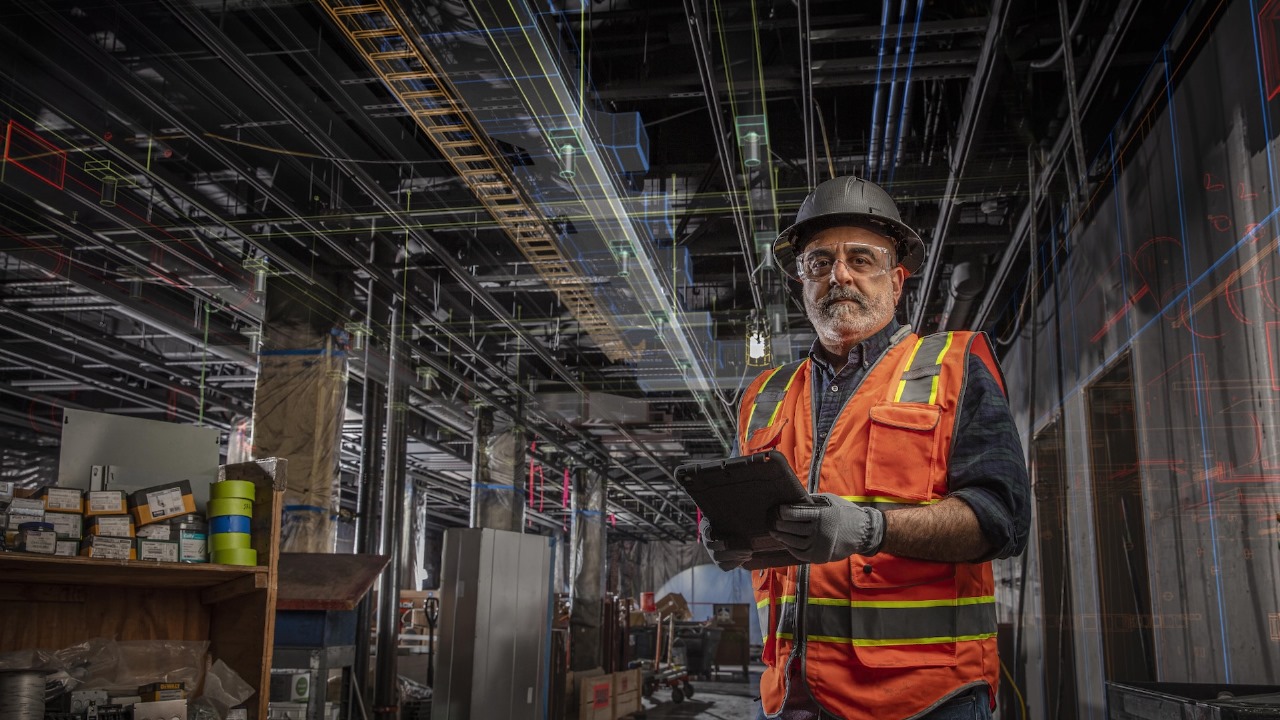Austin’s construction industry is evolving rapidly, fueled not only by a booming economy and population growth but also by advancements in building materials. As developers and contractors strive for greater efficiency, sustainability, and resilience, the use of innovative materials in austin construction projects is becoming a game changer.
From eco-friendly composites to high-performance concrete and smart glass, these new materials are reshaping the way buildings are designed and constructed in Austin. This article explores some of the most exciting materials making an impact on local construction projects and how they contribute to a more sustainable and future-ready built environment.
The Push for Innovation in Austin Construction
Austin’s unique blend of rapid urban growth and strong environmental values has encouraged the adoption of innovative construction materials. Builders here are focused on solutions that not only meet the demands of modern architecture but also reduce environmental footprints and improve building longevity.
With construction activity expanding in both residential and commercial sectors, innovative materials play a crucial role in improving project outcomes, reducing costs, and enhancing occupant comfort.
Key Innovative Materials in Austin Construction Projects
1. High-Performance Concrete
Traditional concrete has been a staple in construction for decades, but high-performance concrete (HPC) is revolutionizing its role. HPC offers superior strength, durability, and faster curing times, making it ideal for Austin’s growing infrastructure needs.
- Benefits:
- Increased lifespan of structures
- Resistance to harsh weather and environmental factors
- Reduced maintenance costs
HPC is widely used in bridges, roadways, and commercial buildings throughout Austin, supporting the city’s infrastructure expansion.
2. Cross-Laminated Timber (CLT)
CLT is an engineered wood product gaining popularity as a sustainable alternative to steel and concrete. It’s composed of layers of wood glued together, creating strong panels suitable for floors, walls, and roofs.
- Advantages:
- Renewable and carbon-friendly material
- Lightweight yet strong, enabling faster construction
- Enhances indoor air quality by regulating humidity
Austin construction projects embracing CLT reflect the city’s commitment to green building practices and architectural innovation.
3. Smart Glass and Electrochromic Windows
Smart glass technologies allow windows to adjust their tint automatically based on sunlight exposure, reducing cooling loads and improving energy efficiency in buildings.
- Impact on Austin Construction:
- Enhances occupant comfort by controlling glare and heat
- Lowers energy consumption in office towers and residential complexes
- Supports Austin’s push towards sustainable urban development
4. Recycled and Composite Materials
Builders in Austin are increasingly turning to recycled plastics, composites, and reclaimed materials to reduce waste and environmental impact.
- Examples include:
- Composite decking made from recycled wood fibers and plastics
- Insulation materials derived from recycled textiles or cellulose
- Reclaimed wood used in flooring and interior finishes
These materials help construction companies meet sustainability goals while delivering durable, attractive finishes.
The Role of Technology in Material Innovation
Advanced software and Building Information Modeling (BIM) allow Austin construction professionals to optimize material use, minimize waste, and improve project coordination. This integration accelerates adoption of innovative materials by providing precise data on performance, cost, and lifecycle impacts.
Challenges and Considerations in Using Innovative Materials
While promising, the integration of new materials also requires careful planning:
- Cost Factors: Some innovative materials come at a premium price that must be justified by long-term savings or environmental benefits.
- Skill Development: Contractors and workers need training to handle and install novel materials correctly.
- Regulatory Compliance: Ensuring materials meet building codes and safety standards is essential for project approval.
Industry partnerships and associations like Associated Builders and Contractors provide vital resources and training to navigate these challenges effectively.
Conclusion: Embracing Innovation in Austin Construction
Innovative materials are shaping the future of Austin construction by delivering stronger, more sustainable, and cost-effective buildings. From high-performance concrete and cross-laminated timber to smart glass and recycled composites, these materials help meet the city’s growing demand while aligning with environmental goals.
For contractors, developers, and industry professionals, staying informed and skilled in these advancements is critical to maintaining competitiveness and delivering quality projects.
Associated Builders and Contractors supports Austin’s construction community by offering training, advocacy, and networking opportunities that facilitate the adoption of cutting-edge materials and techniques.
As Austin’s skyline continues to evolve, innovation in construction materials ensures the city’s infrastructure is built not just for today, but for generations to come.
